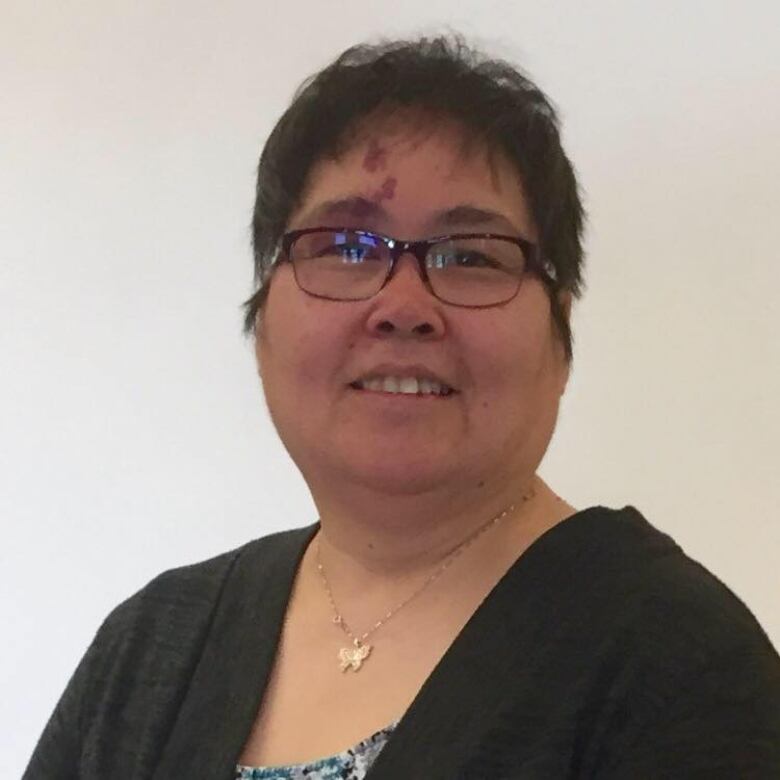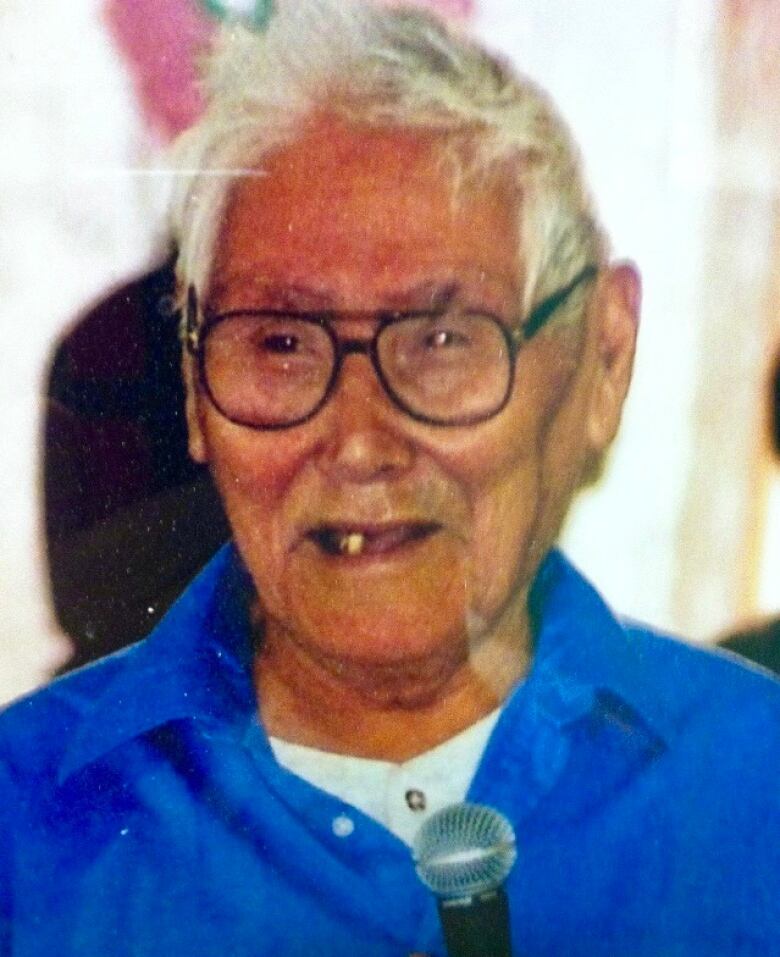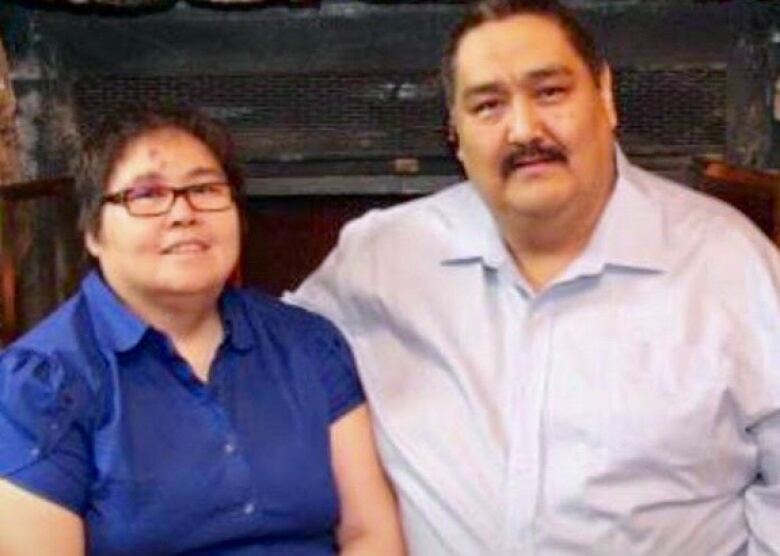Inuvialuit woman wants to change her name after discovering the history behind it
Anna Pingo says her name is actually supposed to be Anna Pingersugerook

Anna Pingo's name isn't really supposed to be Anna Pingo.
After more than adecade of searching, that'swhat the Inuvialuktunlanguage teacher in Inuvik, N.W.T., found out after she decided to dig a little deeper into the history behind the last name she married into.
Annasaid she started asking elders about the roots of how her husband Fraser and herself came to carry the name "Pingo."

As Anna soon discovered, her surname came from her father-in-law her husband's grandfather who custom adopted him Donald Pingersugerook.
Anna explained that Pingersugerook was her father-in-law's only given name. He was born around 1920, decades before anglicized surnames were assigned to Inuitin Canada.
Pingo, as it turns out, was the family's nickname for Pingersugerook.
"I guess it was just so long to always say, 'Pingersugerook, come over here!'" said Anna, adding that the name's origins were of Alaskan Inupiat descent.The namemeans small hill in Inupiat, she said.
The Canadian government later finalized Pingersugerook's name as Pingo, and that becamethe family's official surname.
Anna said it's still a mystery where her father-in-law's first name Donald came from.
The 'Eskimo ID' system andProject Surname
Inuit naming was far from the naming system as we know it today it was largely based on oral tradition and passed down without being written.
Babies were often named after special people in thefamily's life it could have been a great-grandmother or aclose family friend, said Anna.
Anna said elders explained the influence that non-Indigenous people had like Catholic and Anglican missionaries on giving biblical names to Inuit centuries ago. But Inuit still remembered their given Indigenous names throughoutthe years, she said.
Later, in the 20th century when the Canadian government had a larger presence among Inuit (through RCMP, traders, medical and government officials), Anna explained the non-Indigenous people had a difficult time pronouncing and spelling out names of the Indigenous people in the communities.
"They were saying because all these people's names were too hard for us to pronounce, let's just give them these dog tags [or] eskimo identification disks with numbers stamped on them," said Anna.

The "Eskimo identification tags" were used starting in 1941 to identify Inuit for medical and police records, and later used to collect government pension cheques and allowances, according to the federal government's 2006 document called Canada's Relationship with Inuit.
Later, Project Surnamewas proposed by the government of the Northwest Territories in 1968, asking for Indigenous people to select and register their family names to help identify them without numbers, according to the federal government's document. The Canadian government later undertook this project.

Abe Okpik, an Inuit advocate and leader, travelled around dozens of northern communities alongside federal officials to help locals understand Project Surname and helped record families' preferred surnames.
The names would be registered under standardized English spelling, and by 1972, the project was completed.
Looking to change her name
Anna Pingo said she even inquired into her maiden name Kasook.
From inquiring to elders, she realized she's been mispronouncing her name all along.
"The proper pronunciation of that is 'Kia-suk,'" noted Anna.
So after learning all of this, Anna said she wants to change her surname back to what she believes it should have been Pingersugerookor Pingasugruk(the spelling she believes is closest to the Inuvialuktunalphabet.)
Why?
"To gain back that history, to know someone actually changed our names," explained Anna.
"And that's not who we were at one point in time. That wasn't our grandparents, that wasn't our great-grandparents name. It was just something the government put on to our people."

Anna said she's asking her husband Fraser to change their last name, together.
"They say our history and culture is dying. I don't want to say it's dying. I want to wake it up and to say this is who we are, and what we want to remember."
Have you done some digging into the history of your Indigenous name? We'd love to hear from you. Email priscilla.hwang@cbc.ca
- MORE FROM CBC NORTH |Mysterious 'ping' sound from sea floor baffles Igloolik
- MORE FROMCBCNORTH |High Arctic man of mystery: 'Unknown' RCMP special constable identified quickly on social media
With files from Wanda McLeod, John Last













_(720p).jpg)


 OFFICIAL HD MUSIC VIDEO.jpg)
.jpg)



























































































